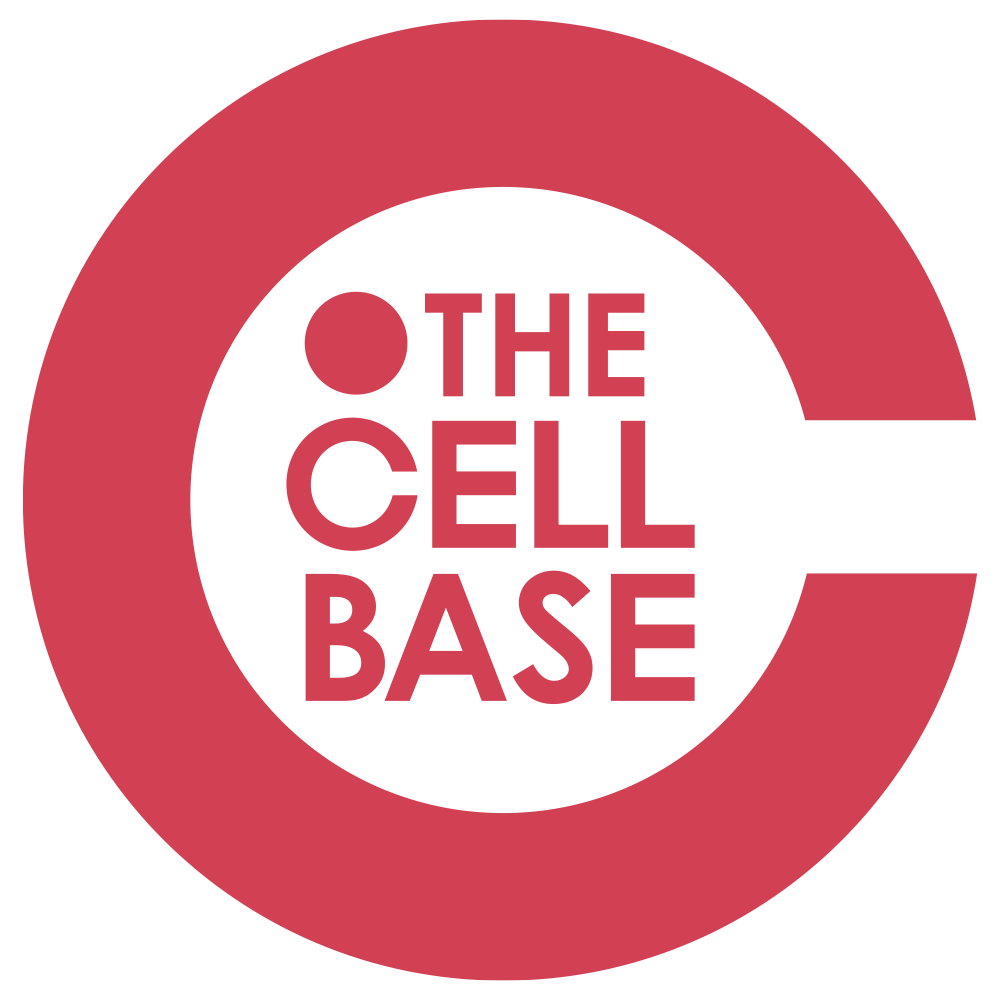Japanese researchers have successfully engineered hybrid animal cells capable of photosynthesis, a process typically exclusive to plants and algae.
The breakthrough could have profound implications for tissue engineering, organ transplants and the production of lab-grown meat, the scientists said.
The team, led by the University of Tokyo and RIKEN Center for Sustainable Resource Science, inserted photosynthetic chloroplasts from red algae into mammalian cells. These chloroplasts retained their ability to convert sunlight into energy for up to two days, marking the first demonstration of photosynthesis in animal cells.
“This is the first reported instance of photosynthetic electron transport in chloroplasts embedded within animal cells,” said Sachihiro Matsunaga, the study’s lead author.
Addressing oxygen and energy challenges
The findings, published in the Proceedings of the Japan Academy, Series B, address a critical challenge in creating artificial tissues and organs: oxygen deficiency.
Layers of cells in lab-grown tissues often suffer from hypoxia, which restricts their growth. By mixing photosynthetic cells into these tissues, researchers suggest oxygen could be generated directly via light exposure.
“Lab-grown tissues, such as artificial organs and meat, cannot grow beyond a certain size due to low oxygen levels,” Matsunaga explained. “Photosynthetic cells could overcome this limitation, enabling larger, more viable tissue structures.”

Wider implications for lab-grown meat
In the rapidly evolving field of lab-grown meat, the hybrid cells may reduce energy requirements and enhance production efficiency. By partially replacing external energy inputs with photosynthetic processes, manufacturers could achieve more sustainable production methods, a key demand in the food and beverage industry.
The hybrid cells also showed accelerated growth, suggesting an additional energy source provided by the chloroplasts. This phenomenon could have applications in regenerative medicine, allowing artificial tissues to grow faster and more robustly.
Challenges remain
Despite the breakthrough, the chloroplasts’ photosynthetic function declined after two days, likely due to degradation within the mammalian cells.
Researchers are exploring genetic modifications to extend their activity and improve compatibility with animal cell metabolism.
The work draws inspiration from natural symbiosis, such as sea slugs that temporarily host chloroplasts for photosynthesis. Further research will focus on replicating these mechanisms in laboratory settings. “This is a promising step towards creating artificially photosynthetic animal cells,” Matsunaga concluded.
#Research #Japan #UniversityofTokyo #animalcells #labgrown #tissues


Sian Yates
25 November 2024







_gif.gif)